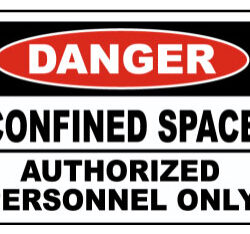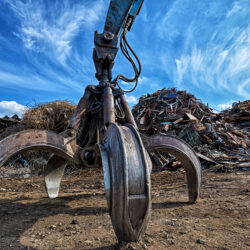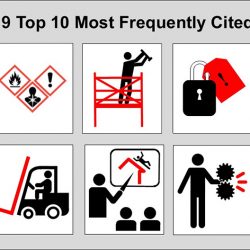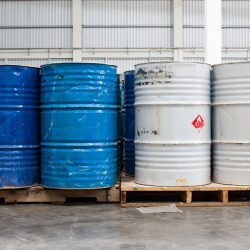Confined spaces in the workplace pose a serious threat to the health and safety of those who enter them. Without proper safety measures employees may be trapped, asphyxiated, and ultimately killed by the hazards present in these spaces.
Industry News
Enforcement Alert – Clean Air Act (CAA)
The EPA issued an enforcement alert identifying metal recycling facilities as a contributor to excess emissions in the nearby communities. This signals their likely intention to place increased regulatory scrutiny on scrap metal operators.
What is a SPCC Plan?
The main purpose of an SPCC location-specific plan is to assist facilities in the prevention of any discharges of harmful substances, in particular oil, into navigable waters or adjoining shorelines.
Are you ready?…Post your OSHA 300 Log by 2/1
Employers are required to use OSHA’s Form 300 Log to document recordable injuries and illnesses. At the start of each new year, employers summarize this annual record onto OSHA’s Form 300A and post this summary in a visible place from February 1ST through April 30TH.
OSHA’s Top 10 Cited Violations
OSHA’s Hazard Communication Standard (29 CFR 1910.1200) addresses the classification and communication of the hazards and potential hazards of chemicals. It requires employers to provide information to their employees about the hazardous chemicals they are exposed to at their workplace as well as the protective measures against these hazards.
OSHA’s HazCom Standard (29 CFR 1910.1020 )
OSHA’s Hazard Communication Standard (29 CFR 1910.1200) addresses the classification and communication of the hazards and potential hazards of chemicals. It requires employers to provide information to their employees about the hazardous chemicals they are exposed to at their workplace as well as the protective measures against these hazards.
7 Ways an EMS Benefits Your Facility
An Environmental Management System (EMS) helps an organization address its regulatory demands in a systematic and cost-effective manner. This proactive approach can help reduce the risk of non-compliance and improve health and safety practices for employees and the public. An EMS can also help address non-regulated issues, such as energy conservation, and can promote stronger operational control and employee stewardship.







